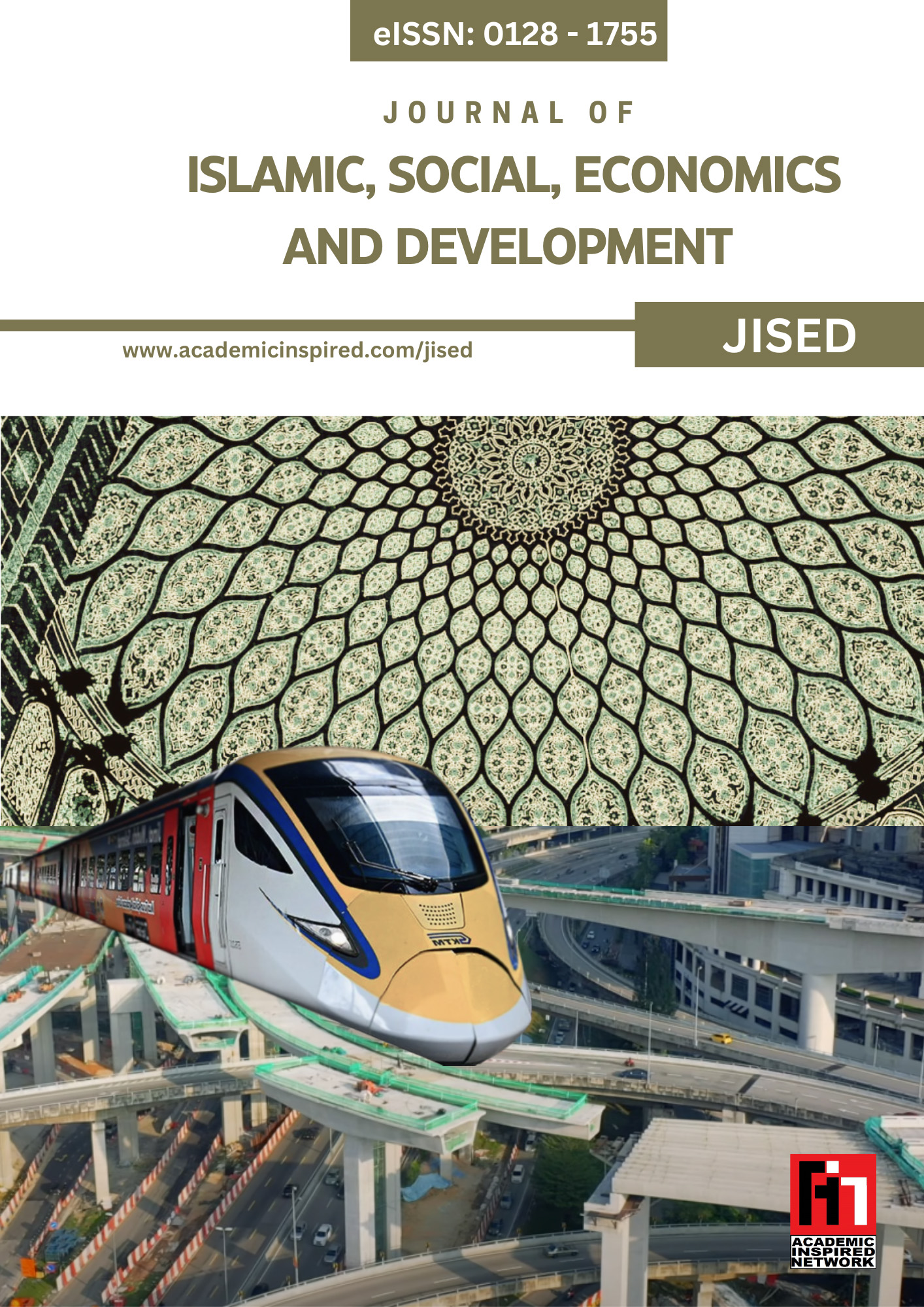Cultural synthesis: Islamic art and wood carving in Malay architecture.
Keywords:
Islamic architecture, wood carving panels, floral pattern, decorative panelsAbstract
The application of Islamic monumental architecture has started to reveal influences from classical heritage as well as from various regions around the world. This phenomenon has resulted in the integration of several elements into Islamic architecture, creating divine masterpieces that can be observed and appreciated globally. Essentially, the key elements of Islamic architecture can be categorized into three types of patterns: calligraphy, geometry, and floral designs. Islamic architecture initially focused on mosque decoration and later expanded to include palaces, tombs, madrasas, and private residences from that era. Notably, Islamic architecture emphasizes three-dimensional features that can be appreciated from multiple perspectives. Islamic architecture encompasses various art forms, including construction, drawing, and carving. The influence of Islamic art and architecture is also seen in Tanah Melayu, where many structures, including palaces and private homes, are adorned with wooden carving panels and decorations inspired by Islamic artistic elements. However, local environmental factors have led to subtle adjustments in design, as the flora of Tanah Melayu differs from original floral design concepts, resulting in unique wood carvings. This paper first explores the history and development of floral-patterned wood carving in Malay architecture, rooted in Islamic architectural traditions. It highlights existing examples of heritage buildings decorated with wooden carvings, illustrating that such carvings are integral to Malay architecture. The paper then provides details on the types, shapes, and patterns of wood carving, as well as the diversity of floral elements and motifs commonly used by Malay woodcarvers to create these decorative masterpieces.













